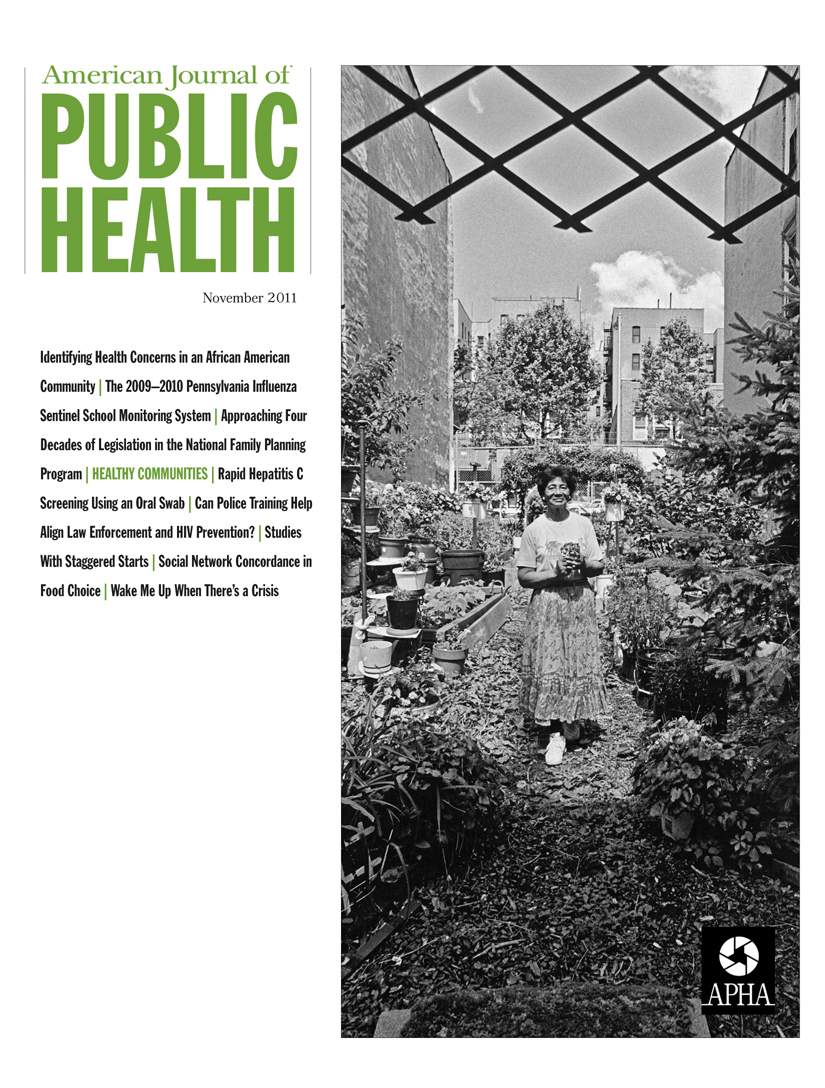
Social Network Concordance in Food Choice Among Spouses, Friends, and Siblings
Abstract
Objectives. We investigated whether eating behaviors were concordant among diverse sets of social ties. Methods. We analyzed the socioeconomic and demographic distribution of eating among 3418 members of the Framingham Heart Study observed from 1991 to 2001. We used a data-classification procedure to simplify choices into 7 nonoverlapping patterns that we matched with information on social network ties. We used correlation analysis to examine eating associations among 4 types of peers (spouses, friends, brothers, and sisters). Longitudinal multiple logistic regression was used to evaluate evidence for peer influences on eating. Results. Of all peer types, spouses showed the strongest concordances in eating patterns over time after adjustment for social contextual factors. Across all peers, the eating pattern most likely to be shared by socially connected individuals was ‘‘alcohol and snacks.’’ Models estimating one’s current eating pattern on the basis of a peer’s prior eating provided supportive evidence of a social influence process. Conclusions. Certain eating patterns appeared to be socially transmissible across different kinds of relationships. These findings represent an important step in specifying the relevant social environment in the study of health behaviors to include eating.
Citation:
M. Pachucki, P.F. Jacques, and N.A. Christakis, "Social Network Concordance in Food Choice Among Spouses, Friends, and Siblings" American Journal of Public Health, 101(11): 2170- 2177 (November 2011); http://dx.doi.org/10.2105/AJPH.2011.300282